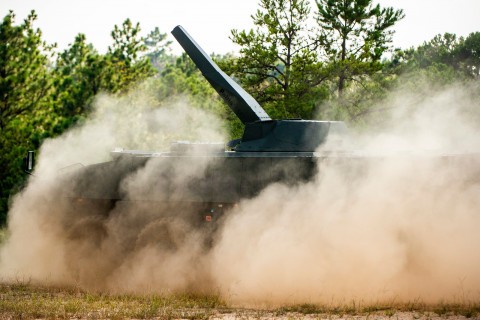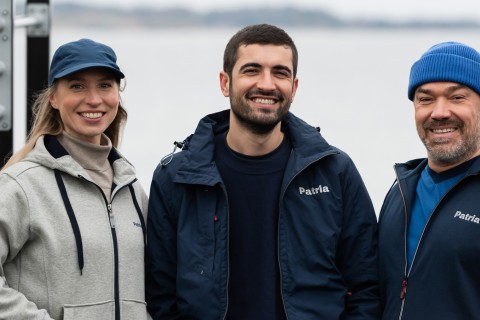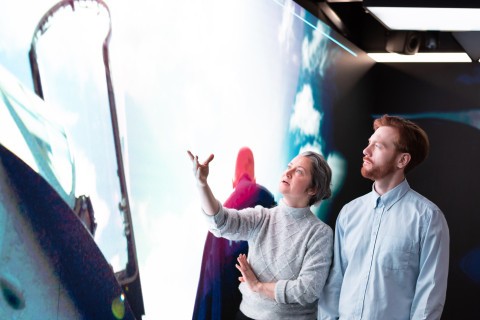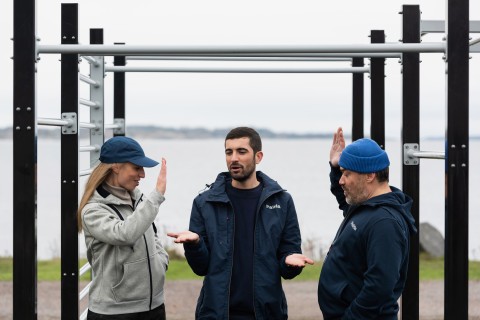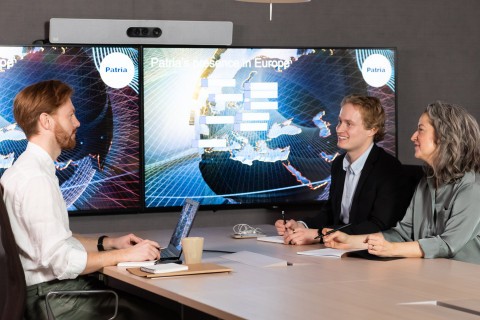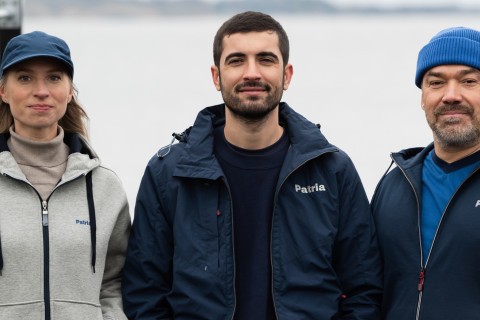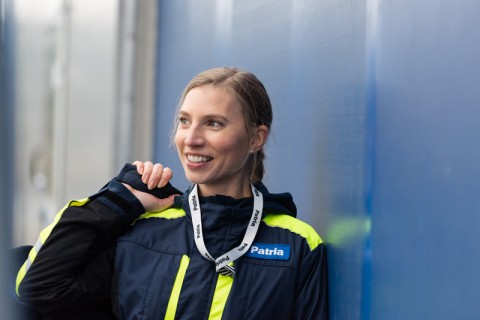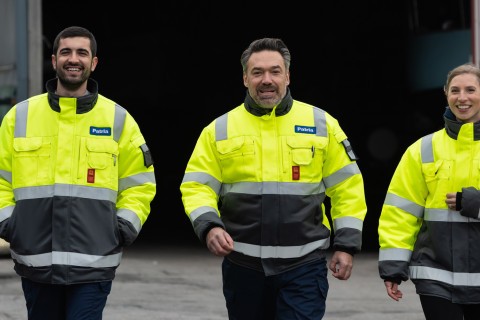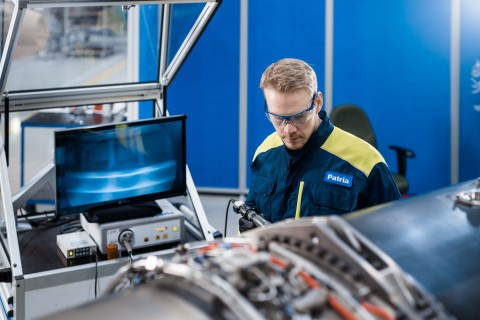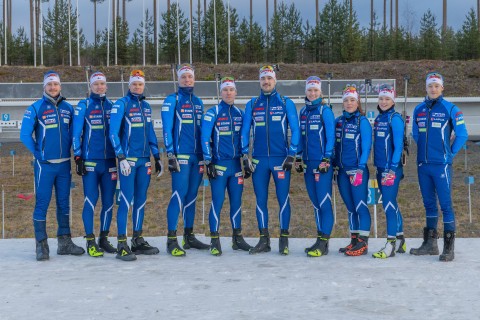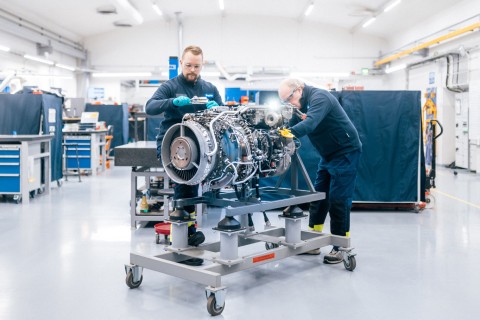
17.6.2015
Fast technological advances in training systems in combination with limited financial resources demand innovative technological solutions capable of securing modern, high-quality and efficient training capabilities.
Text: Patria
Photos: Patria and Finnish Air Force
The increasing training requirements of users and the need for a wider approach to simulator training across service branches constantly sets increasing requirements for the networking of simulators. Patria’s competence and experience in the field of training systems, achieved through long-term efforts and perseverance, date from the integration of the national data link system with Finland’s Hornet simulators. The network expanded over the years and its technology was updated to High Level Architecture (HLA). These years spent working with the national data link system have built a strong foundation of competence for Patria in a challenging operating environment. Today, Patria demonstrates its expertise in training systems by the networking of increasingly distributed training systems. If required, the HLA standard enables the implementation of a joint virtual training environment for soldiers, providing fire control data on the ground and fighter pilots flying through the skies. HLA also makes joint exercises between the simulators of different service branches possible. At the moment, the HLA standard is published by the IEEE and NATO (STANAG 4603). In 2014, Patria supplied the Finnish Air Force with a system solution that enables the use of realistic high fidelity Computer Generated Forces in Hawk simulator training. This technological solution enables the networking of Hawk simulators with Hornet simulators and, in the future, with modern anti-aircraft simulators. With the help of a networked training system based on a virtual environment, all personnel materially involved in the application of firepower can be trained in the same exercise scenario. A good example of such a scenario is artillery fire control, in which the observers, the desired extent of the indirect fire command chain and, if necessary, weapons system simulators can all be involved in the same exercise. In such training environments, decision-making and the command chain are implemented according to the actual organisation and using actual command systems. At the Eurosatory 2014 exhibition, Patria presented a configuration in which the Nemo Training Simulator was linked to the indirect fire control system inside of an AMV Command Post vehicle, which created targets and fire missions for the simulator.
Embedded Training
The boundary between the simulated and real worlds is disappearing, as systems in operative use enable the production and reception of simulated information in real-life training scenarios. For example, Embedded Training capabilities integrated with defence systems enable the execution of extensive air combat exercises against entirely synthetic threats. This enables the exercise to be carried out without tying a significant number of fighters and pilots down in flying as the opposing forces. The implementation of a system as described in the previous example requires setting up a synthetic threat environment and the transmission of the data generated by it between the aircraft and a ground station. As an added benefit, in addition to the significant cost savings, performance characteristics of the desired threats can easily be implemented for the synthetic targets, which would be impossible when using an opposing force consisting of own fighters or jet trainers. Embedded Training can also be used to expand the capabilities of the users’ systems by simulating an entirely virtual radar for jet trainer that reacts like an actual radar to real aircraft and synthetic threats in the same exercise network. The creation of virtual weapons systems that can be used to engage targets in the exercise network is also possible. In weapons systems, embedded training capabilities enable practising the use of modern weapons systems with computer-based interfaces in training mode without expending ammunition or the need for the precautions and shooting ranges required for live fire exercises. At Patria, our challenge is to integrate systems implemented with different technologies into seamless interoperation, while simultaneously creating training scenarios that are realistic but might be unfeasible to execute in real life. Patria’s customer-oriented mode of operations provides the conditions for success in technically complex yet cost-effective projects.
What did you like about the article?
Thank you for your opinion! You can share the article on social media using the buttons below:
